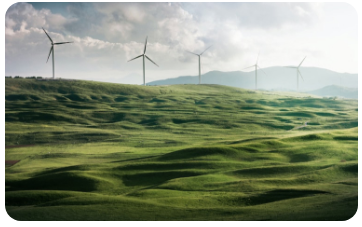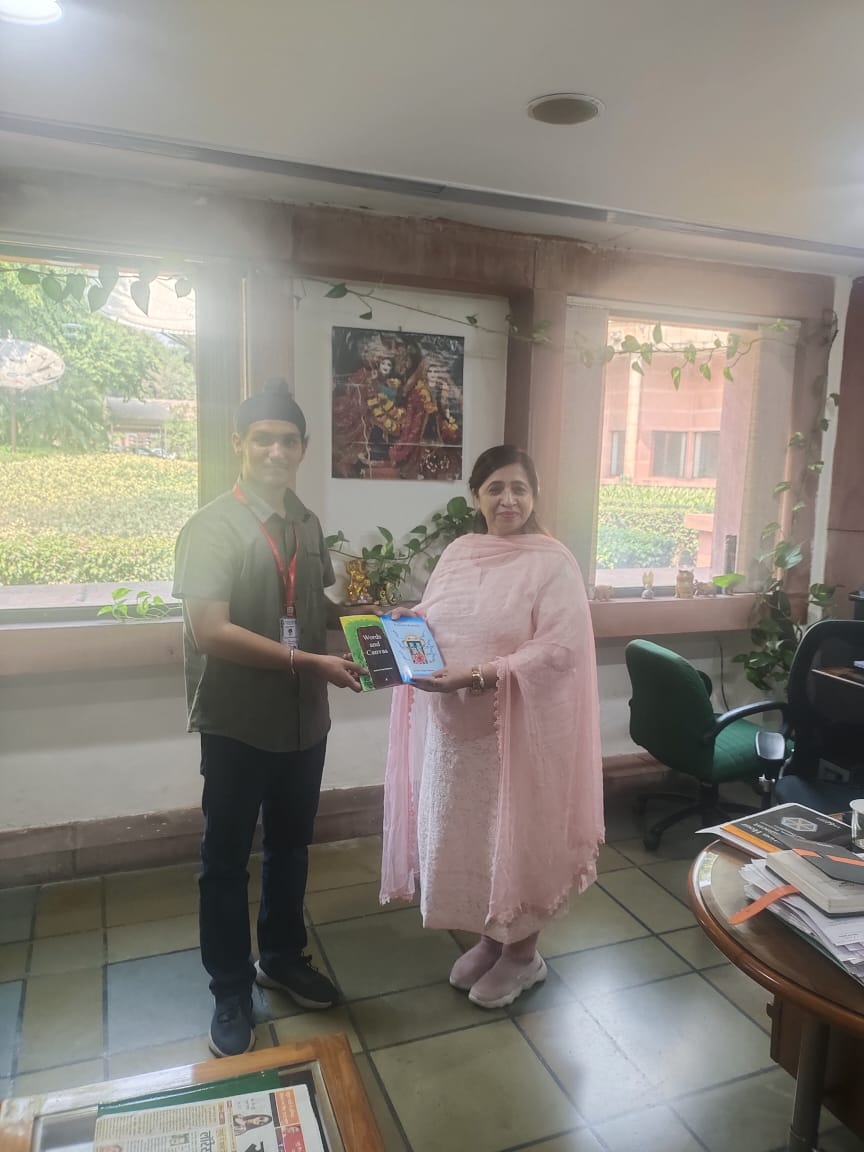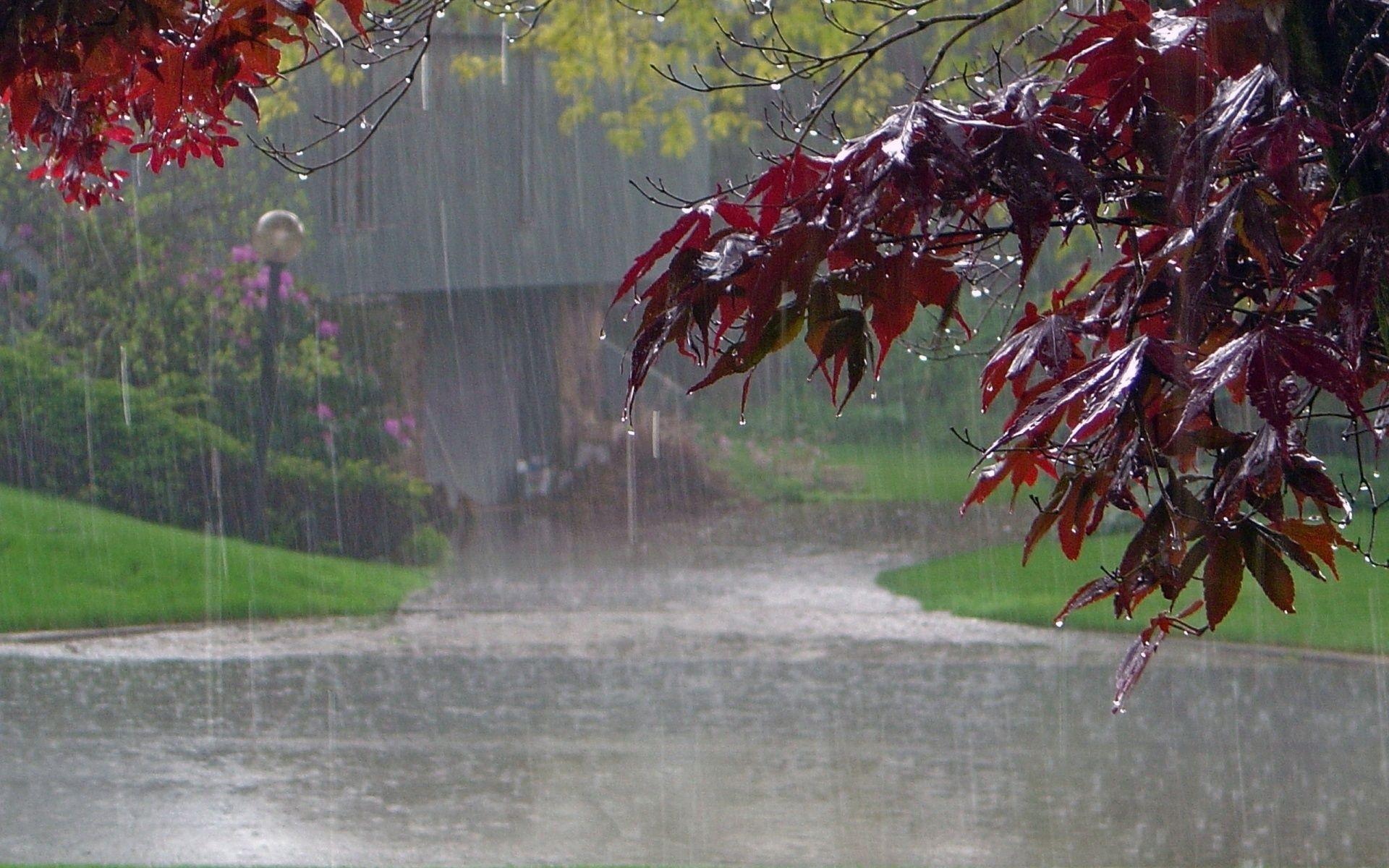Energy Conservation refers to reducing the consumption of non-renewable energy. With rapid urbanisation, energy usage is happening at a very fast rate. Out of 50 billion tonnes of greenhouse gas emissions worldwide, 36 billion tonnes of carbon dioxide have been emitted due to energy consumption in 2021.
Life nowadays runs on electricity and the main source of electricity is fossil fuels. As of now, 84% of the world’s energy consumption needs are met from fossil fuels and the demand is growing fast.
Electricity is a major part of our lives. With global temperatures rising, the usage of air conditioners has increased drastically. The construction industry contributes 23% of air pollution, 40% of drinking water pollution and 50% of landfill wastes. To combat these problems, sustainable solutions are a need of the hour.
The concept of Green Building Architecture, according to architect Umesh Batra, is also known as “Sustainable Architecture” and is the “theory, science and style of buildings designed and constructed by environmentally friendly principles.” It “strives to minimise the resources consumed in the construction process of the building, use and operation, as well as curtailing the harm done to the environment through the emission, pollution and waste of its components.”
The centrally located ‘aangans’ also known as ‘Nadumuttom’ in South India act as a common area for the entire family to get together. It gives a breath of freshness, adds a vibe of positivity, and provides proper sound insulation and natural light adding to the beauty of a house.
There are many such traditional yet innovative ways that can make our lives comfortable. To keep houses cooler, terracotta is being used again for it can survive extreme weather conditions. Owing to its insulating properties and porous nature, air can circulate freely. An architecture firm in India made a structure out of terracotta cylinders to act as an air cooler. Water poured over these cylinders is absorbed by the clay and slowly, due to evaporation, the moisture is released causing the air to get cooler.
Similarly, sandstone, a sedimentary rock, can also be used for construction purposes. It is resistant to UV radiation, durable, highly porous and easy to use for construction. The Rajkumari Ratnavati Girls School is a prime example of a smart architecture for it is located in the middle of a desert and does not require artificial air conditioning. The building is made of sandstone which keeps the walls cool and the ceilings are very high which lets the hot air escape, keeping the space cool and comfortable. The provision of perforated walls, or ‘jaalis’ is a foolproof, low-cost way to enhance ventilation. The school also has a water harvesting system in the courtyard and massive solar panels.
These unique ways of passive cooling can substantially decrease the usage of air conditioners. Some NGOs have proposed that to reduce the temperature inside the house by almost 3-5°C, painting the roofs white with solar reflective white paint can be done as it will reduce the absorption of heat.
Roofs made of bamboo, recycled coconut husks and paper waste can help in keeping the house cool. They are eco-friendly, cost-effective and easy to replace. This can help in reducing the urban heat islands effect, thus preventing heat waves, high pollution levels and an increase in nighttime cooling. If a house has a tin roof, keeping potted plants on the roof can also act as a barrier from the heat turning it into a green roof.
The main aim of the Paris Agreement signed by 193 countries was to keep the rise in mean global temperature well below 2°C above pre-industrial levels. As of now, all the members have fallen short of this climate goal. To achieve this, global emissions must be reduced by 50% by 2030.
Architect Batra also added that using, “recycled materials, solar energy, and methods to overall reduce the carbon footprint is the way forward for the future generations to enjoy a healthier environment, thus, promoting prevention of climate change”. The green architecture ensures and encourages land use, water material and energy efficiency through designs that cut down energy consumption.
Therefore, as we develop and harness technology to make our lives better, being smart about energy consumption is a must. Our attitude towards energy conservation would determine our quality of life and that of our planet in the future. The planet is going to house the future generation, so it is our duty to maintain it wisely.

)
)
)
)
)
)
)
)
)
)